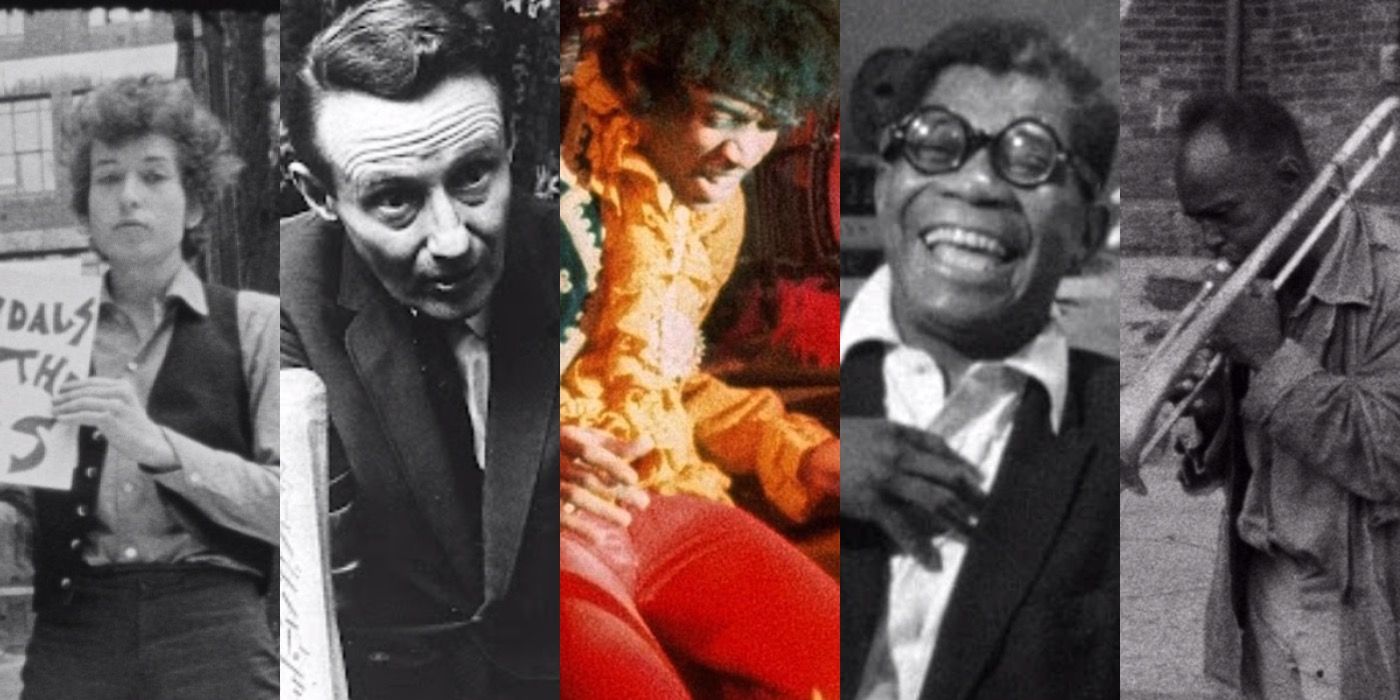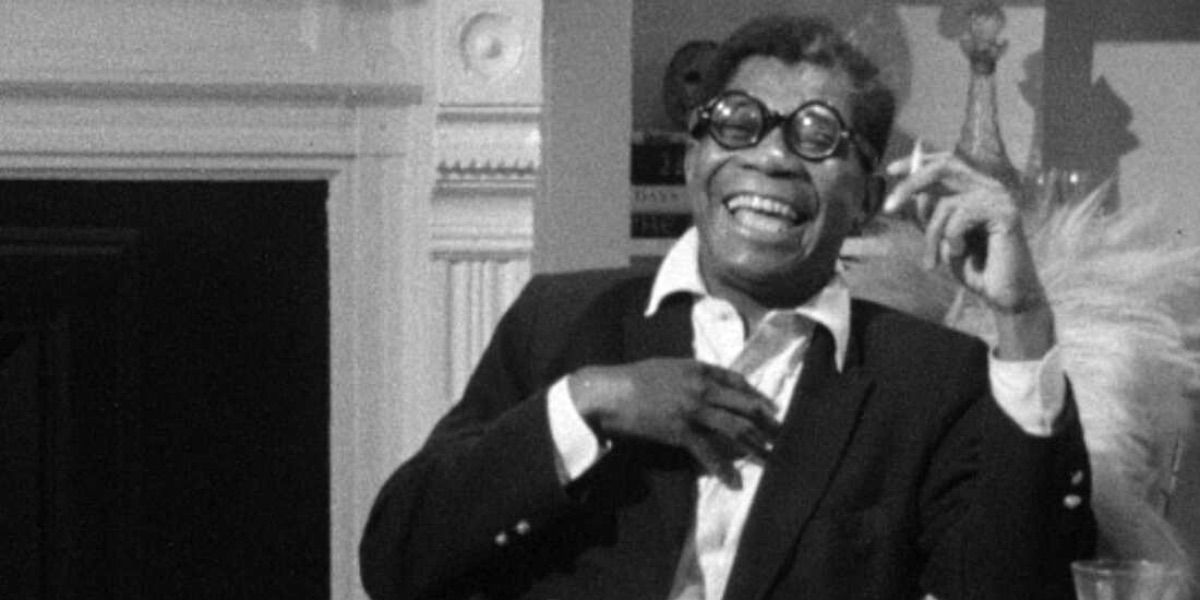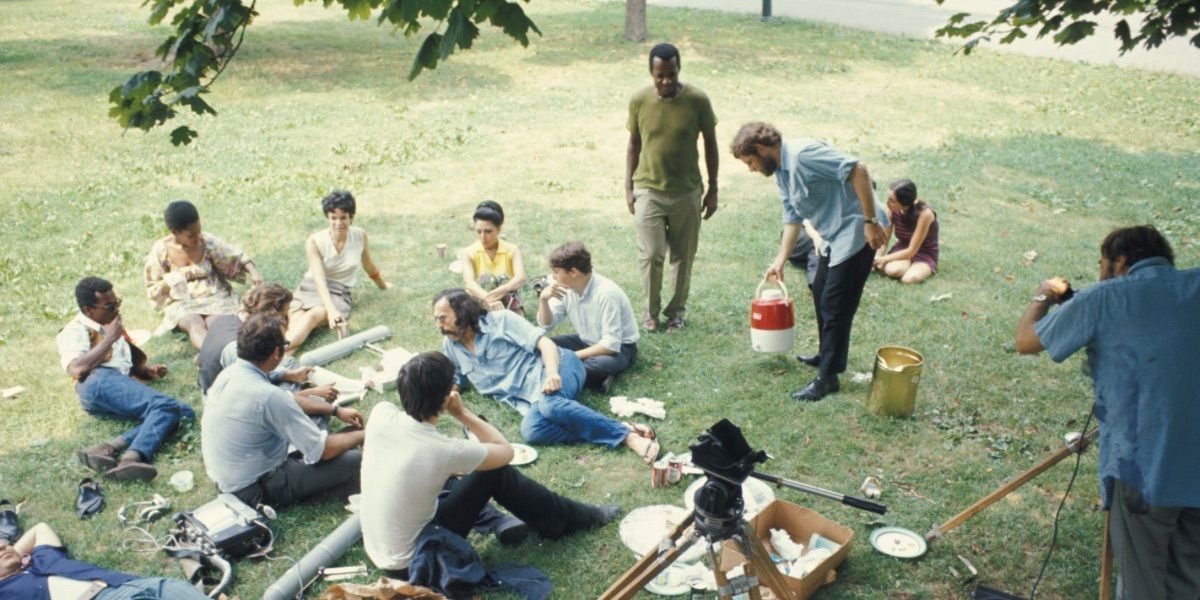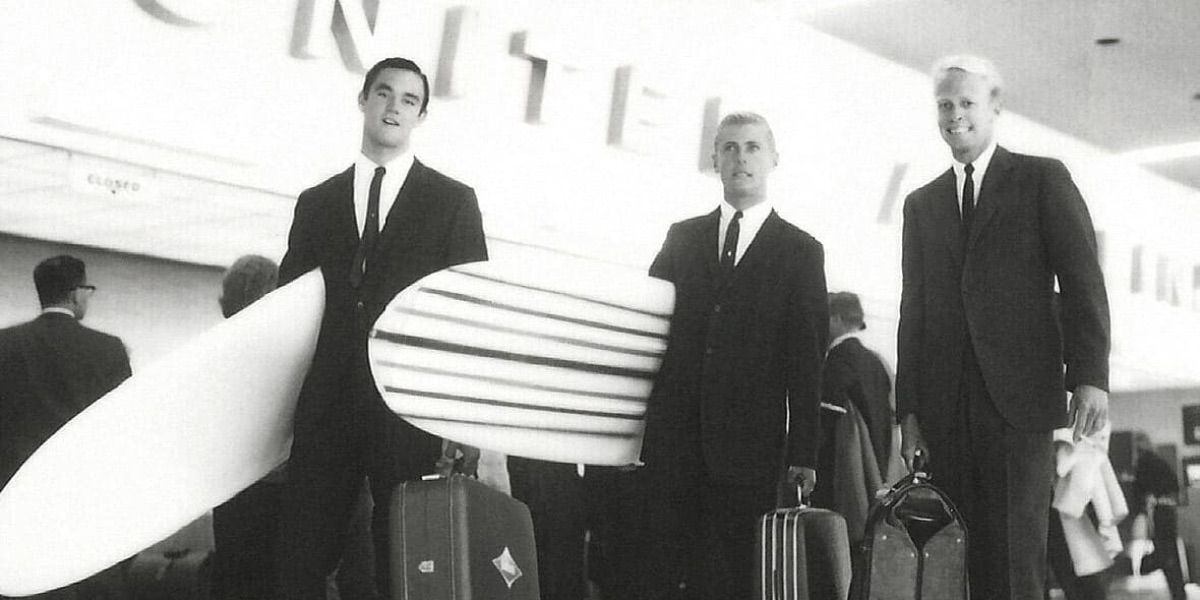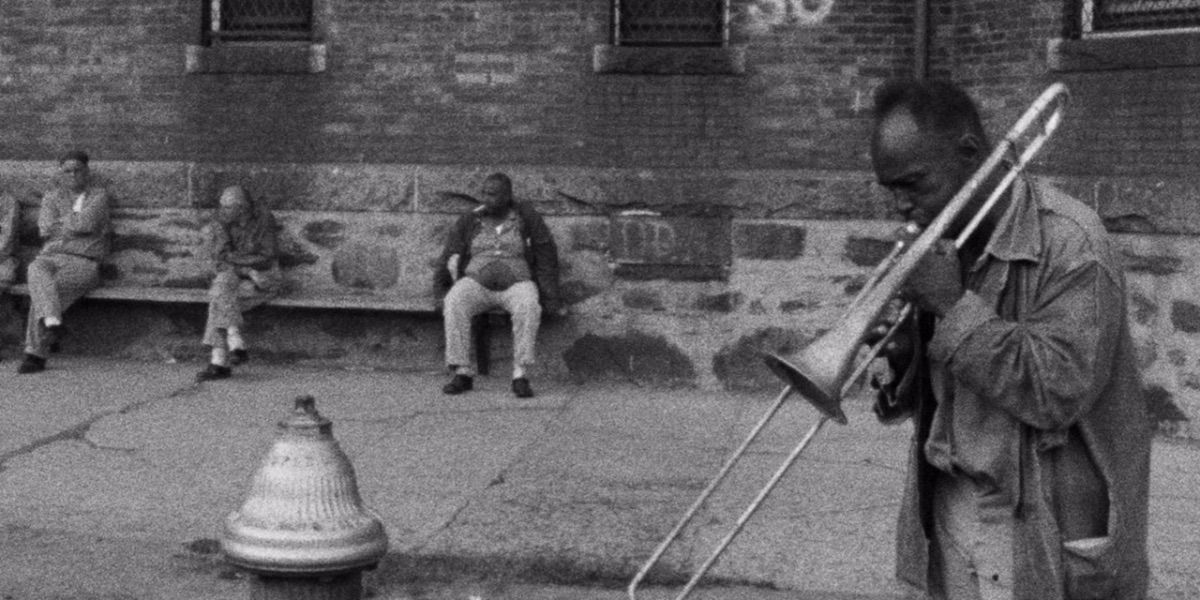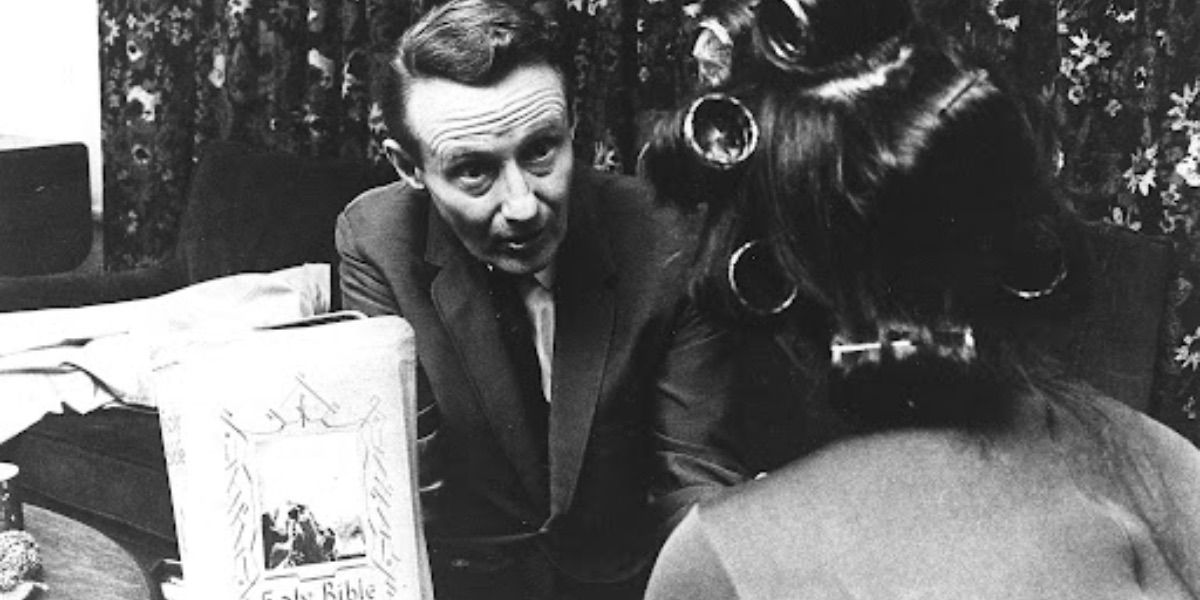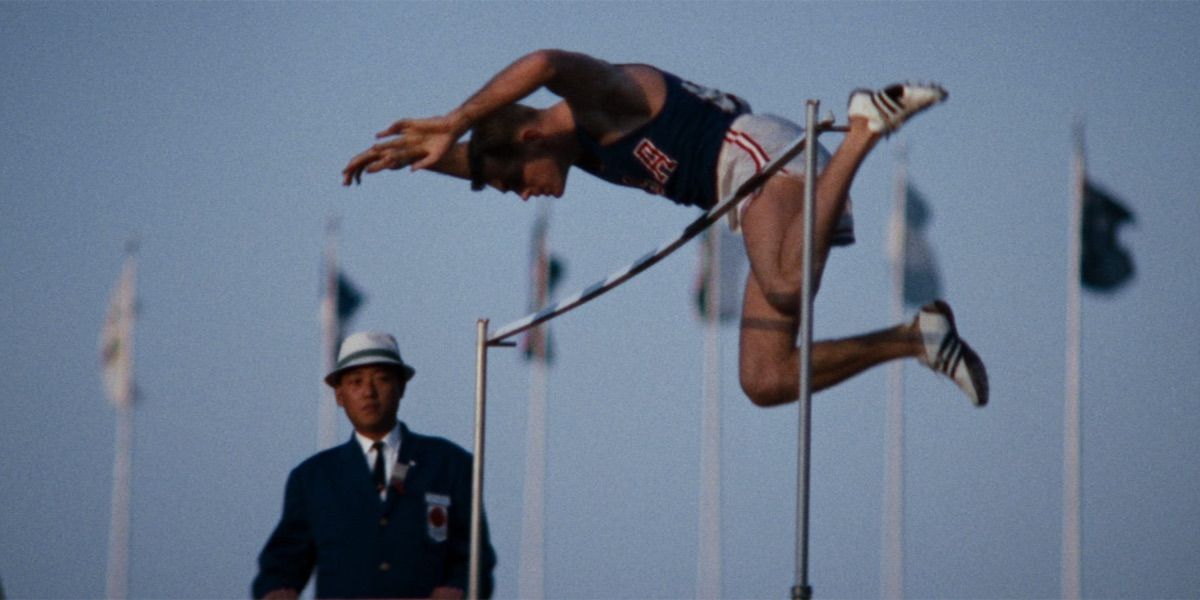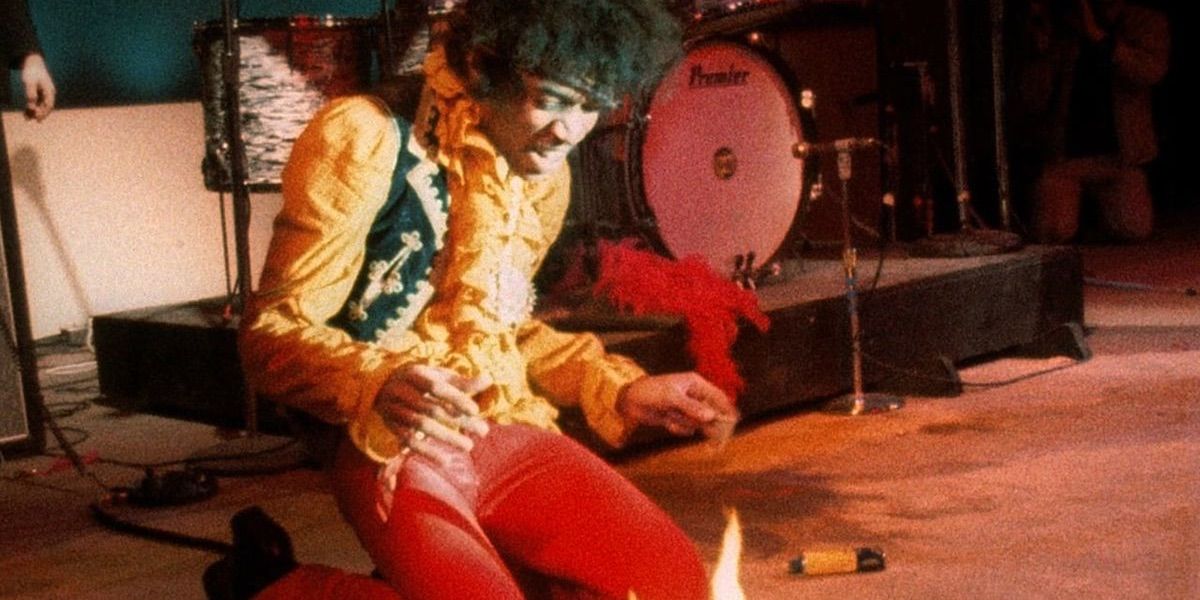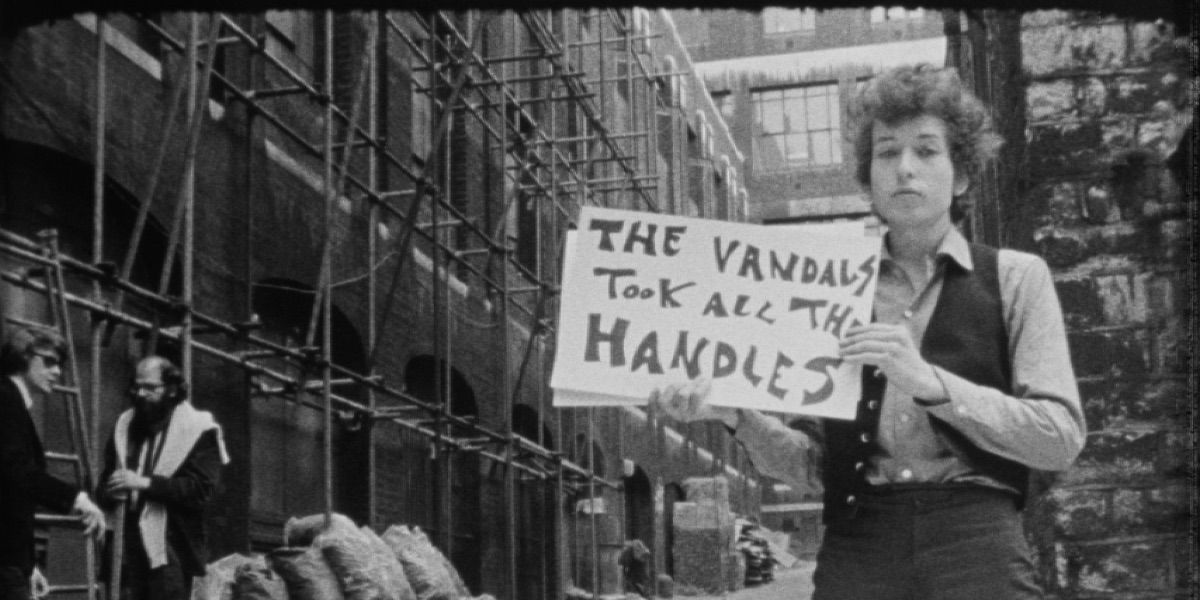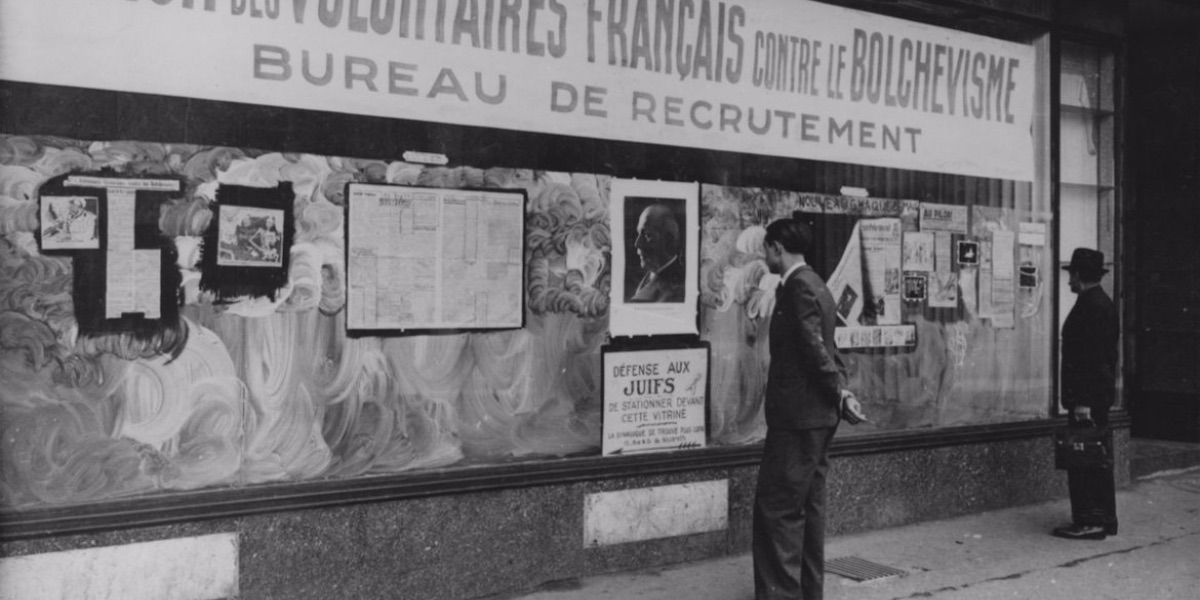The 1960s was a time of massive change around the world and all forms of art were being challenged as well. Documentary filmmaking has been a part of film history since the beginning and the '60s was the first decade that saw a real change within the art form.
Some of the best documentaries of the 1960s challenged the viewer's perceptions and changed the way they saw the world. Many of the documentaries from the '60s are classics but some garnered higher scores on IMDb.
Portrait Of Jason (1967) - 7.2
Stream On Kanopy & The Criterion Channel
The 1960s was a time of lifting new voices and documentaries were often at the forefront of underrepresented communities. Portrait of Jason is a biographical film about Jason Holliday, a gay, African American man who has worked as a sex worker.
The film is a frank discussion of his life and times and was one of the first true depictions of the LGBTQ+ community on film. Though limited in its scope, Jason is a fascinating subject and his musings on art and culture make for interesting viewing.
Symbiopsycotaxiplasm: Take One (1968) - 7.3
Stream On The Criterion Channel & HBO Max
Documentary filmmakers in the '60s weren't just interested in new subjects, they were also interested in changing the way that the films were made. Symbiopsychotaxiplasm: Take One follows a filmmaker as he auditions actors for a film and he simultaneously records the behind-the-scenes drama of the individual actors.
The film was a revolutionary approach to documentary and helped to pave the way for more experimental documentaries in the coming decades. Though it isn't a conventional documentary that many viewers are familiar with, it is a fascinating look at real life through an unconventional lens.
High School (1968) - 7.6
Stream On Kanopy
Cinema Vérité was a new film movement in the 6'0s that sought to show life as it really was without editorializing. High School shows the day-to-day functions of an American high school and the interactions between teachers and students.
The film features no narration or commentary and instead allows the footage to speak for itself. Though the earliest films were thought to be Cinema Vérité, director Frederick Wiseman improved on the method with the introduction of sound and editing. Despite having no narration or interviews the film weaves a narrative through the juxtaposition of images which can often be stronger than any spoken words.
The Endless Summer (1965) - 7.7
Stream On Amazon Prime, Hoopla, Tubi, & Kanopy
Despite the turmoil of the decade, many filmmakers sought to focus on the happiness and beauty of life, as opposed to the negatives. The Endless Summer follows a trio of surfers who travel the world looking for the perfect waves and meeting interesting people along the way.
The film was a breath of fresh air in a dark time and it showcased the surfing sub-culture to an audience that may not have been familiar. Despite not seeking out to make commentary on life, the documentary still exhibits creative thought and the Beach Boys soundtrack is quite memorable.
Titicut Follies (1967) - 7.7
Stream On Kanopy
Though filmmaker Fredrick Wiseman had made many documentaries about places that were familiar to everyday people, it was Titcut Follies that took viewers on an unexpected ride. Set inside of a Massachusetts correctional institution, the film focuses on the wards for "the criminally insane" and is a dark portrait of the life inside.
In the trademark Cinema Vérité style, the film simply shows what is happening inside and the absurdity and horror of the facility are on full display with no editorializing necessary. The film was extremely well received and actually helped legislators push for institutional reforms within the prison system. Though it is often difficult to watch, the film is unflinchingly real.
Salesman (1969) - 7.7
Stream On HBO Max & The Criterion Channel
Though the Maysles brothers would make some of the best documentaries of the 1970s, their 1969 film Salesman is one of their best. The film follows a group of door-to-door Bible salesmen as they ply their trade in various cities.
The film shows them while they are working and while they are off work and the juxtaposition of characters makes for fascinating viewing. The film allows the viewer to make their own decisions about the characters and it is an unfiltered look at the ins and outs of a much-maligned profession.
Tokyo Olympiad (1965) - 7.8
Stream On HBO Max
Olympics films have been in production since the '20s and have often been some of the most beautiful documentary epics of their time. Tokyo Olympiad focuses on the 1964 Tokyo Olympics and serves both as a document of the events as well as a film that captures the beauty of the spectacle.
The film was directed by Japanese director Kon Ichikawa who brings his own unique vision to the production that makes each Olympic film unique. The film could be considered a series of beautiful images, however, Ichikawa's clever filmmaking still comments on the spectacle through editing and the film tells a story.
Monterey Pop (1968) - 8.0
Stream On HBO Max & The Criterion Channel
The most famous music festival of the '60s was undoubtedly Woodstock, but the Monterey Pop Festival pre-dated that event and was documented astutely as well. Monterey Pop is more than just a document of the event itself, it intercuts audience footage into the production to make a clever comment about the burgeoning hippy movement.
The music of the '60s is inseparable from its time and often the most important cultural moments were scored by the music of the day. Though music documentaries are a genre of their own, director D.A. Pennebaker used the music film as a method to make political commentary.
Don't Look Back (1967) - 8.0
Stream On HBO Max & The Criterion Channel
Besides The Beatles, Bob Dylan was perhaps the most important new artist of the 1960s. Don't Look Back follows Dylan on his 1965 tour of England as he grapples with his identity as a performer. While he perceives himself as a rocker, the press and fans consider him a folk act.
The film is an unflinching look at the man himself and there is a lot of insight into his character just through the images and interactions with others. While artists like The Beatles were shown in a friendlier light, Dylan is given a chance to be himself and viewers learn a lot about Dylan the person as well as Dylan the artist.
The Sorrow And The Pity (1969) - 8.2
Stream On Kanopy
While the 1960s had horrors of its own, The Sorrow and the Pity focused on the horrors of WWII which were still fresh in many people's minds. The film shows various moments and reactions by the French people to the Nazi occupation of France.
Though it is a dark portrait of the time, it is a fascinating look at history and is an interesting parallel to the Vietnam conflict that was happening at the time that the film was released. Though WWII is an often explored topic in films and documentaries, The Sorrow and the Pity offers a unique view of the war that hadn't been seen before.

